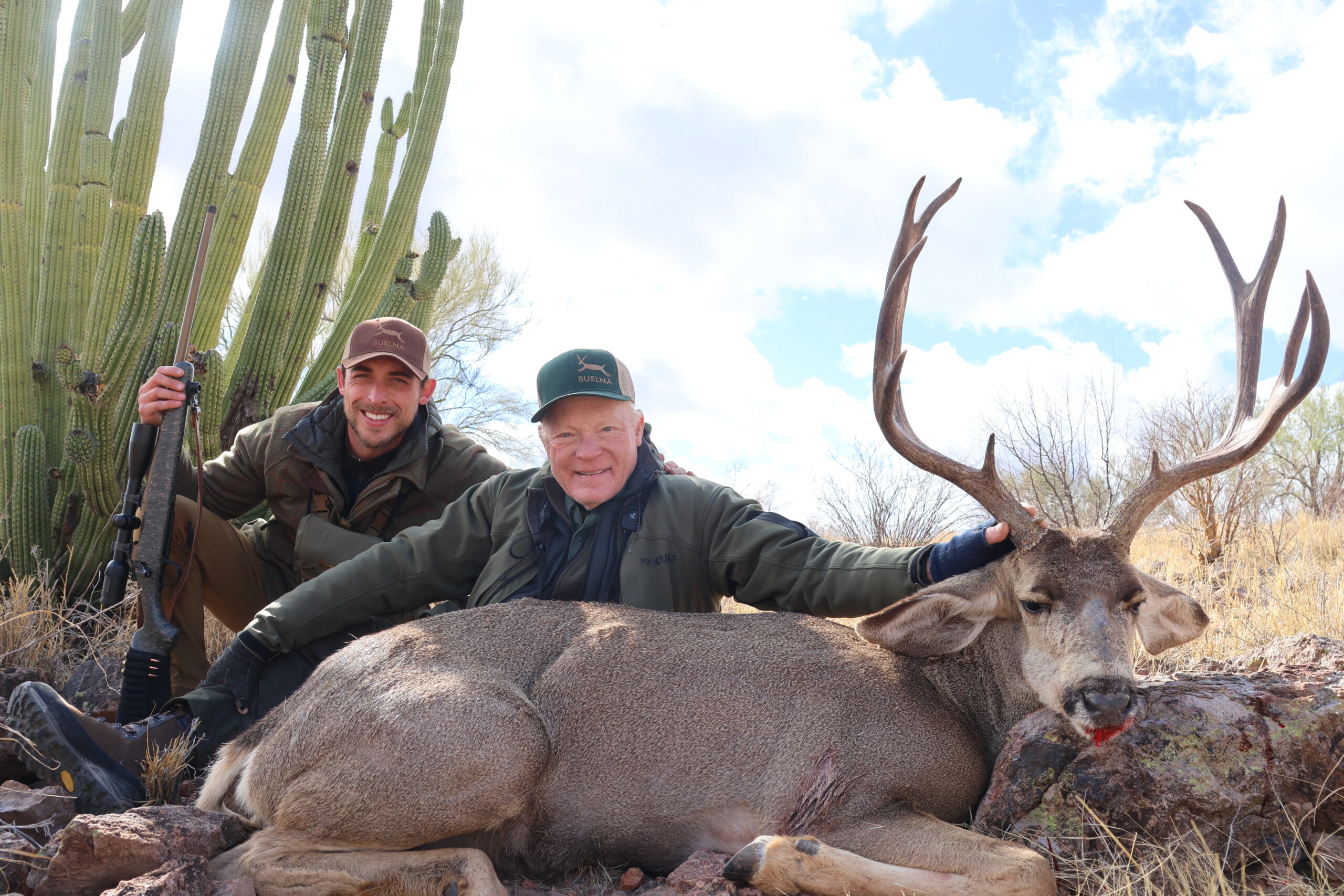By Terry Wieland
There were years at the Safari Club convention when the hottest topic on the floor was not the best place to ding a big elk, but rather how the stock market was doing and how that might affect hunters’ willingness to spend money.
The same concern was raised ahead of the Rock Island premier gun auction in May. With about 2,000 lots ready to go on the block over three days, and the stock market plunging lower day after day. Would buyers feel poor and reluctant to spend?
Well, Rock Island has released the final figures from the auction, and the total realized (hammer prices plus buyers’ premiums, and so on) was a whopping $28,225,850. Whether that’s a new record for Rock Island, I’m not sure, but I do know it’s a lot of money.
There are, of course, differences between bidding on a historical artifact of established importance that can reasonably be expected to appreciate in price as compared to dropping half a million for a once-only, no-resale-value, two-week safari to hunt elephants in Africa. One point that was raised repeatedly in the days leading up to the auction was the fact that inflation was rearing its ugly head for the first time in decades. Buying hard goods such as gold, silver, Impressionist paintings and rare Colts is a traditional refuge in inflationary times, and that might encourage even higher bidding. Or it might not.

A month on, it appears that stock market gyrations had no discernible effect, but fear of inflation might well have played a part. Whatever the reason, as an observer (and minute contributor to that impressive total take) it seemed to me that more lots exceeded the estimate than did not.
Four items were particularly noteworthy. The prime one was a pair of Remington revolvers presented to President Ulysses S. Grant, and which had remained in the Grant family until 1976. They were estimated to bring $1-3 million. The price realized was $5,170,000 — almost twice the high estimate.
There were three historic Colts in separate lots. One, a Single Action Army, was a certified battlefield relic from Little Bighorn. The second was an 1851 Navy that belonged to Wild Bill Hickok. The third was a Walker.
Depending on your vantage point, all three could be talked up, or talked down.
The Custer Colt was in good condition and had about as good provenance as could be expected of a revolver picked up on the battlefield by a Sioux or Cheyenne. On the other hand, no one knew who had used it, and it wasn’t as if it had been picked up by Crazy Horse or Red Cloud. Obviously, the pros won, since it brought $763,750 — considerably more than its high estimate of $550,000.
The Walker was, well, a Walker, and I’m reliably informed that these days any genuine, all-there Walker should bring at least a quarter million. This one was in decent shape with a later factory modification, but it had not been messed with. High estimate was $375,000; realized price: $499,375.
The one that really caught my eye, being neither a Custer fan nor a Texan, was the 1851 Navy connected to James Butler “Wild Bill” Hickok. Hickok owned several Navies during his career and favored the .36 cap and ball guns even after cartridge revolvers like the Single Action Army came along. He apparently liked the balance and handling, and there’s no question he knew how to use them.
The one shown here was one of a pair dating to 1868, eight years before Hickok’s murder in the No. 10 saloon in Deadwood.
The morning of the auction, I donned a pair of white cotton gloves and was handed the prize to examine. It had obviously been used a lot, but equally well looked after. Its mate is in the firearms museum in Cody. Unlike many historical guns, which are lifeless in the hands, this one was anything but. Colt Navies have a feel unlike any other revolver, but this one felt, well, it just felt different. If I could have had any gun in the auction, this would have been it, and I handed it back to the eagle-eyed attendant with considerable reluctance.
It came up for sale later that morning and brought a total of $616,875 — almost three times the high estimate of $225,000.
So, it wasn’t just me. Or, it could have been fear of inflation.




